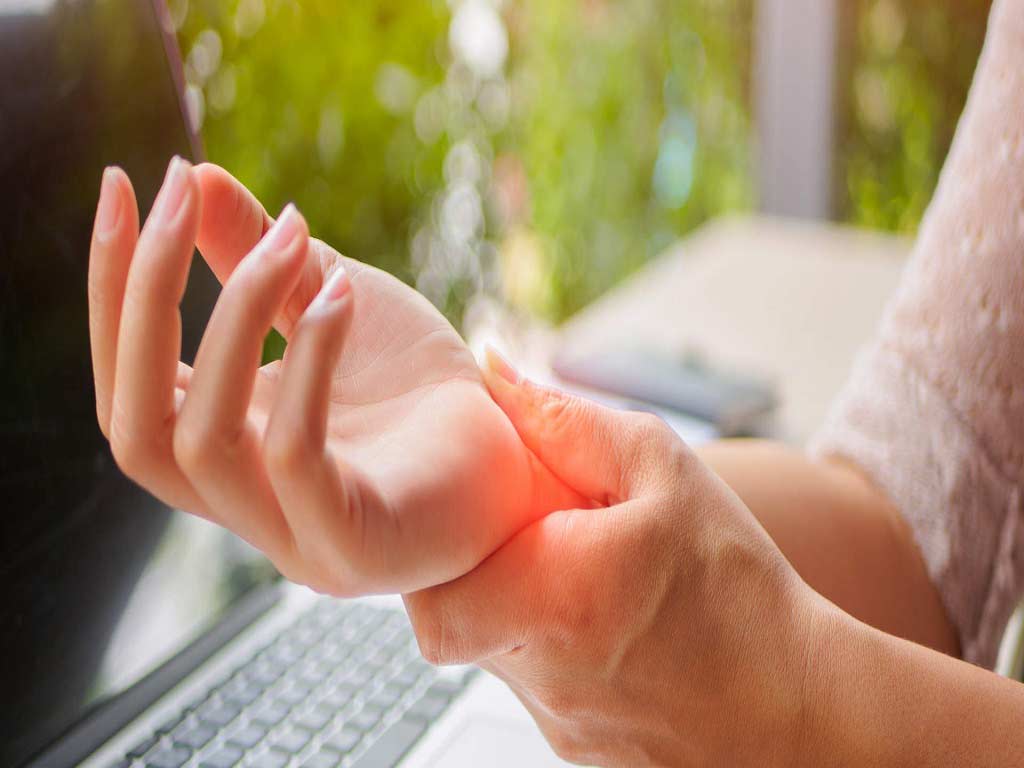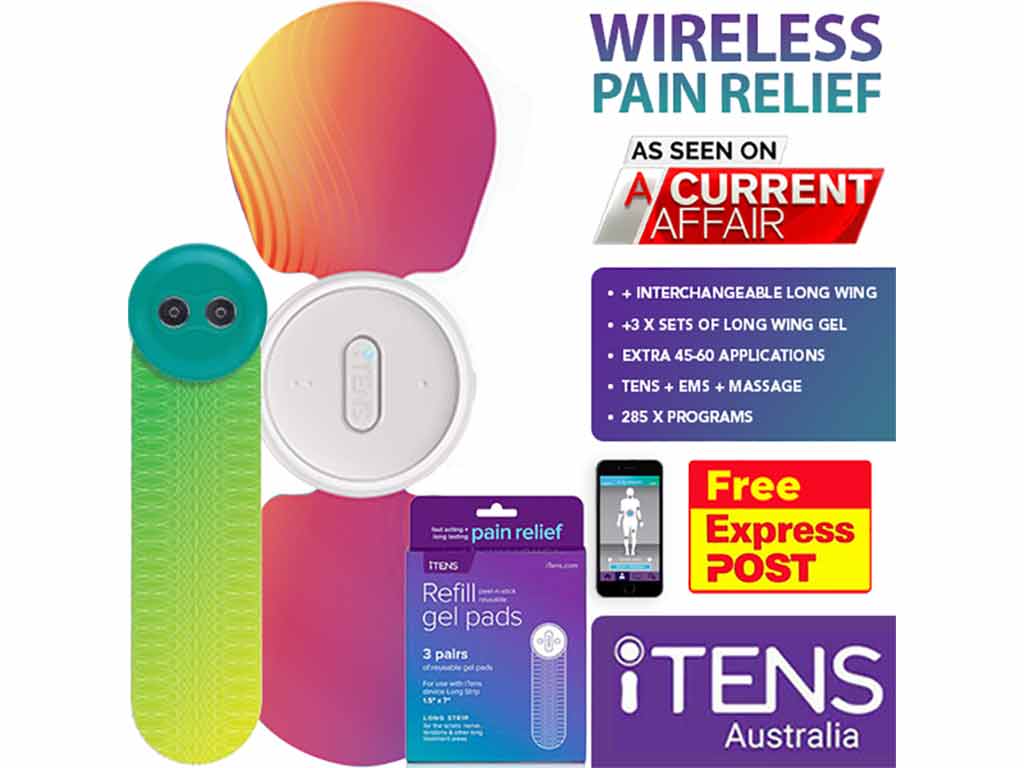
Nerve damage is a type of recurring pain due to injury of the nerves. This causes the nerves to send signals to the brain constantly, which causes pain. One type of pain management method that can provide instantaneous relief is Transcutaneous Electrical Nerve Stimulation (TENS). A TENS machine for nerve damage uses mild electrical currents to interrupt the signals from reaching the brain. This has helped many individuals manage their pain without the need for drugs.
Neuropathy is a common pain condition affecting many people. It can occur due to various reasons, such as injury, infection, or alcohol abuse. In some cases, the pain may transpire with no underlying reason. Regardless of the cause, pain relief is essential to those who experience it. A TENS machine provides a natural alternative to medications. This article will present the essential details of a TENS machine for neuropathic pain, including how it works and how to operate the device.
What is a TENS Machine for Nerve Damage?
A TENS machine for nerve damage is a device to help treat nerve pain. The machine consists of a control unit and sets of electrodes. The electrodes send electric pulses to stimulate the nearby nerves to reduce pain. Moreover, there are two types of TENS devices that individuals can use: standard and wireless.
A standard TENS machine has a handheld push-button remote and wires connecting to the electrode pads. On the other hand, a wireless TENS machine utilises Bluetooth technology to connect to a smartphone app. It is popular among individuals who prefer convenient and on-the-go pain management. Nevertheless, both types deliver adequate electrical stimulation.
A TENS device is portable and can be used whenever necessary. It is also non-invasive and provides targeted treatment through direct electrode placement on the pain area. In addition, it does not have long-term side effects. Thus, it is suitable for pain management of chronic conditions like peripheral neuropathy. However, it is important to note that TENS therapy can provide short-term relief, but it does not cure the underlying cause of nerve damage.
Types of Nerve Damage
- Peripheral neuropathy: damage to the nerves outside the brain and spinal cord. It results in numbness, tingling, and pain in the hands and feet.
- Autonomic neuropathy: damage to the nerves that control involuntary bodily functions, such as digestion, heart rate, and blood pressure.
- Mononeuropathy: damage or injury to a single nerve, causing weakness, pain, or paralysis in a specific area of the body.
- Diabetic neuropathy: nerve damage due to high blood sugar levels. People with diabetes can experience numbness, tingling, and loss of sensation.
- Radiculopathy: compression or irritation to the nerve roots as they exit the spinal cord.

How Does a TENS Machine for Nerve Damage Work?
A TENS machine for nerve damage works by sending electrical impulses through electrodes that are placed near the site of pain. These impulses produce two general responses from the body, particularly the central nervous system. The first method is based on the Gate Control Theory of Pain. During TENS treatment, the pain gate mechanism in the spinal cord closes. Thus, it blocks the transmission of pain signals to the brain.
The second method is the stimulation of endorphin production. The body produces more endorphins, the hormones that help reduce pain and improve overall well-being. Endorphins bind to opioid receptors and inhibit them from sending pain messages. They are also known as natural pain relievers as they have similar effects to morphine. Consequently, it contributes to significant pain alleviation.
The use of a TENS machine also creates a positive effect on the circulatory system. The electrical pulses or mild vibrations boost blood circulation in the affected area. This helps to reduce inflammation, relax the muscles, and promote faster recovery of damaged tissues and nerve regeneration.
Low and High Frequencies
The pulse rate or frequency of the stimulation is adjustable to suit to different needs or preferences. Low-frequency TENS (10 Hz and below) cause the nerves to become less sensitive. It is also the ideal setting to trigger the release of endorphins. Furthermore, low vibrations give massaging effects.
High-frequency TENS (50-120 Hz) stimulate the sensory nerves to block pain. This has short pulses and intensity, often characterised by strong but comfortable sensations. It is a suitable setting for people with acute nerve pain. It also has an analgesic effect on activity-induced musculoskeletal pain and fatigue and increases mobility.

How to Operate a TENS Machine for Nerve Damage
Operating a TENS machine for nerve damage is easy but requires careful administration. Firstly, it is essential to identify the proper electrode placement for effective relief. Users should attach two sets of electrodes on the side or along the painful nerves. The pads should be at least one inch apart and should never overlap.
Once the electrodes are in place, turn on the TENS unit and adjust the pulse rate and pulse duration. Start at the lowest intensity and gradually increase the level over time. Some machines have pre-set programs for specific pain types or body aches. Individuals may choose a treatment option based on their condition. This may include therapy for sciatica, carpal tunnel pain, and sacroiliac joint pain.
Individuals may set the treatment duration for 30 to 45 minutes. After the session, turn off the unit first before removing the pads. Additionally, users may use the TENS machine up to four times a day for chronic pain conditions. However, give at least a 20-minute break between sessions to allow the skin, muscles, and nerves to rest.
Safety Considerations
It is vital to be aware of the safety considerations of using a TENS machine to prevent unwanted risks. Consulting a healthcare professional can help determine if TENS therapy is an appropriate treatment. It may not be suitable for people with heart problems, epilepsy, cardiac pacemakers, and pregnant women.
Avoid placing the electrodes near sensitive areas like the temples, heart, throat, or chest. Also, do not place the pads over broken skin and open wounds. Moreover, avoid turning the intensity beyond the comfort level. Too much current may cause skin irritation or burns. Lastly, do not use the device while showering, driving, or sleeping.
Conclusion
TENS therapy offers a safe, non-invasive, and drug-free method of pain relief. It utilises mild electric currents to alleviate different types of pain. Using a TENS machine for nerve damage can help reduce the severity and frequency of pain attacks. It works by stimulating the nerves to block pain signals and release endorphins. The pulses can also help reduce inflammation and promote faster recovery. With this device, individuals can manage their symptoms, whether at home or on the go.
Operating the TENS machine is simple. It is important to know the correct pad placement and stimulation settings to get the best results. Likewise, users should take heed of safety precautions to prevent unwanted risks. People with serious health issues should consult a health professional before using a medical device. Following the usage and safety guidelines can help people manage their pain conditions effectively.




















